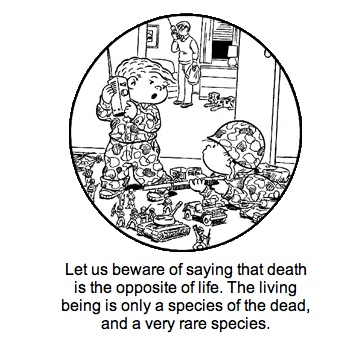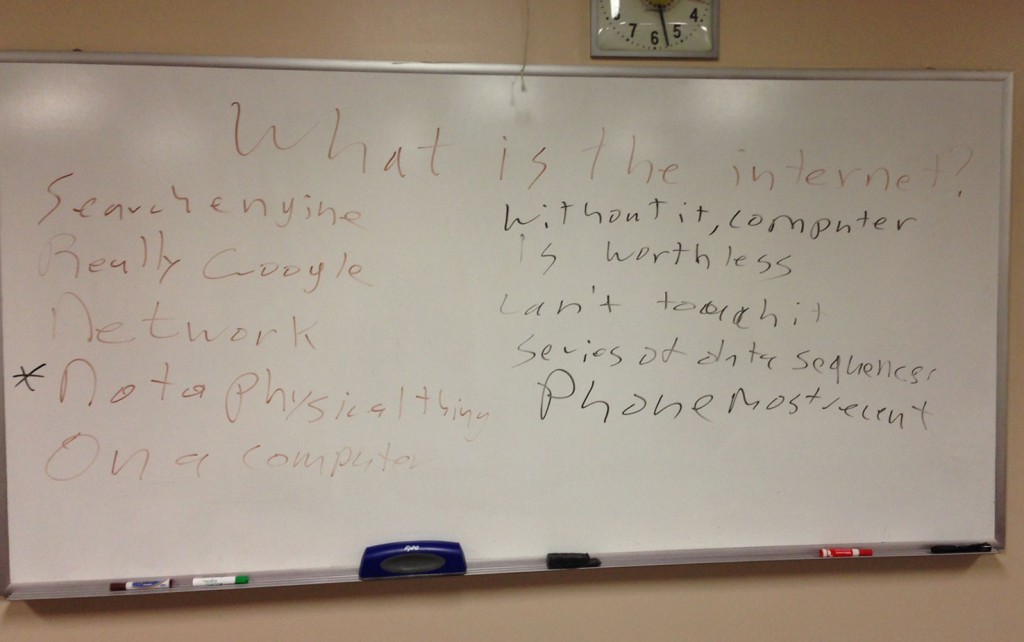A photographer for the Charleston (WV) Gazette learned a difficult lesson that really shouldn’t have to be learned: Don’t Photoshop details out of a news photo. Just don’t.
I got a note from a former student of mine who is a West Virginia journalist that there was a big controversy going on online in Charleston over the photo that ran on the front page of today’s Gazette to go with a story about a former magistrate pleading guilty to voter-registration fraud.
The photo, posted to Twitter by West Virginia radio personality Hoppy Kercheval, shows the image of a WOWK-TV microphone with the station’s logo blurred out:
Later this morning, the Charleston Gazette published an apology to Facebook, along with the unaltered image:
A Gazette photographer went outside the boundaries of our standards when he obscured the name of a television station on a microphone in today’s front-page photo. Other than the photographer, no one at the Gazette was aware of what had taken place with the photo. Our photographers know that it is unacceptable to alter reality in news photos. The photographer believed his action helped direct the focus of the photo to the subject. He was wrong to do so. This is a singular incident. Disciplinary action will be taken to ensure it doesn’t happen again.
(Attached is a copy of the photo as it should have appeared.)
This is quite a bit smaller of a change than that done by The Dominion Post (in Morgantown, WV) back in 2010 when an editor removed several people from an official photo from the governor’s office. The funny thing with that case was that there was no need for the editor to have done any Photoshopping as the governor’s office had exactly the photo that paper would have liked to have had, if they had only asked for it.






